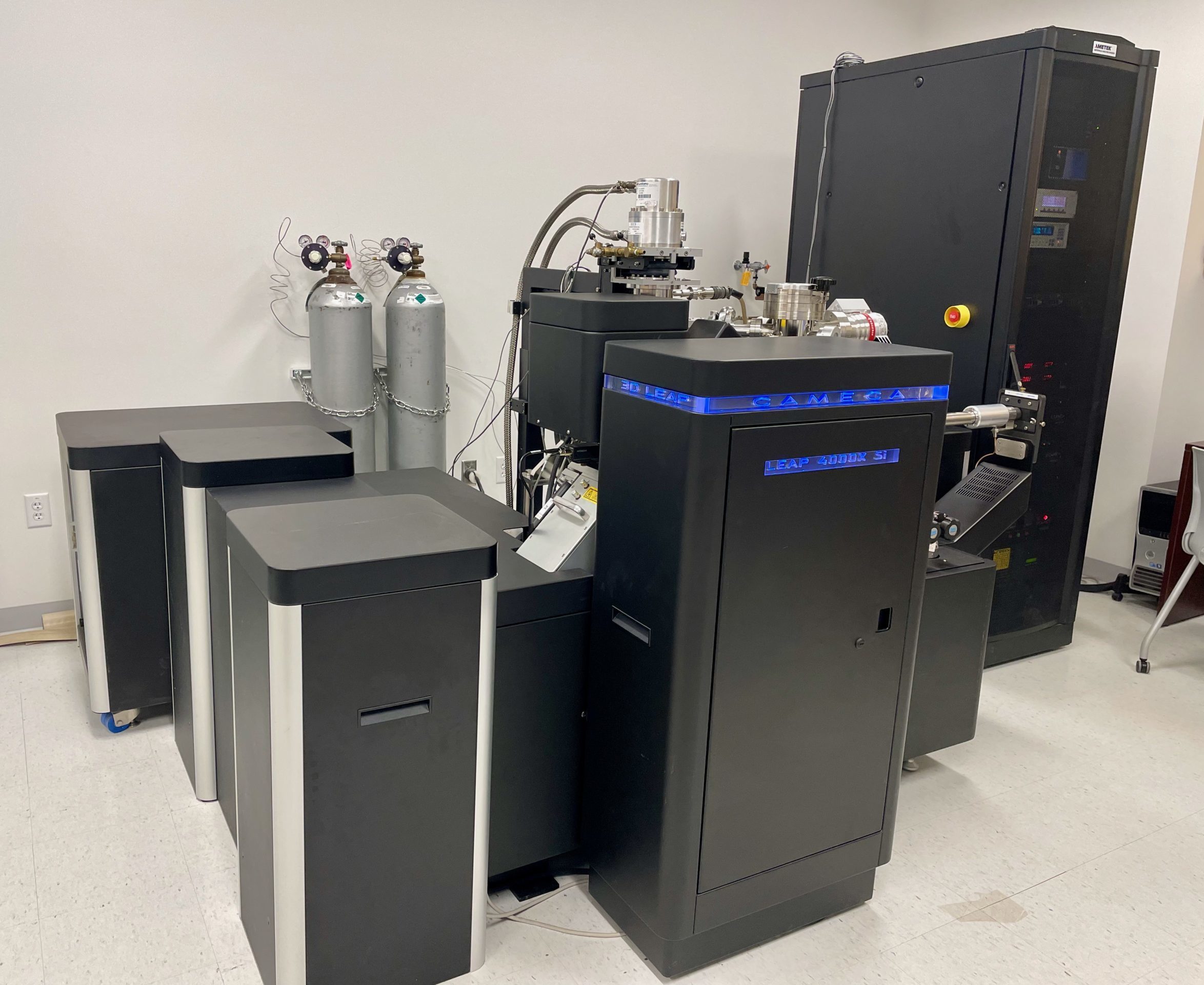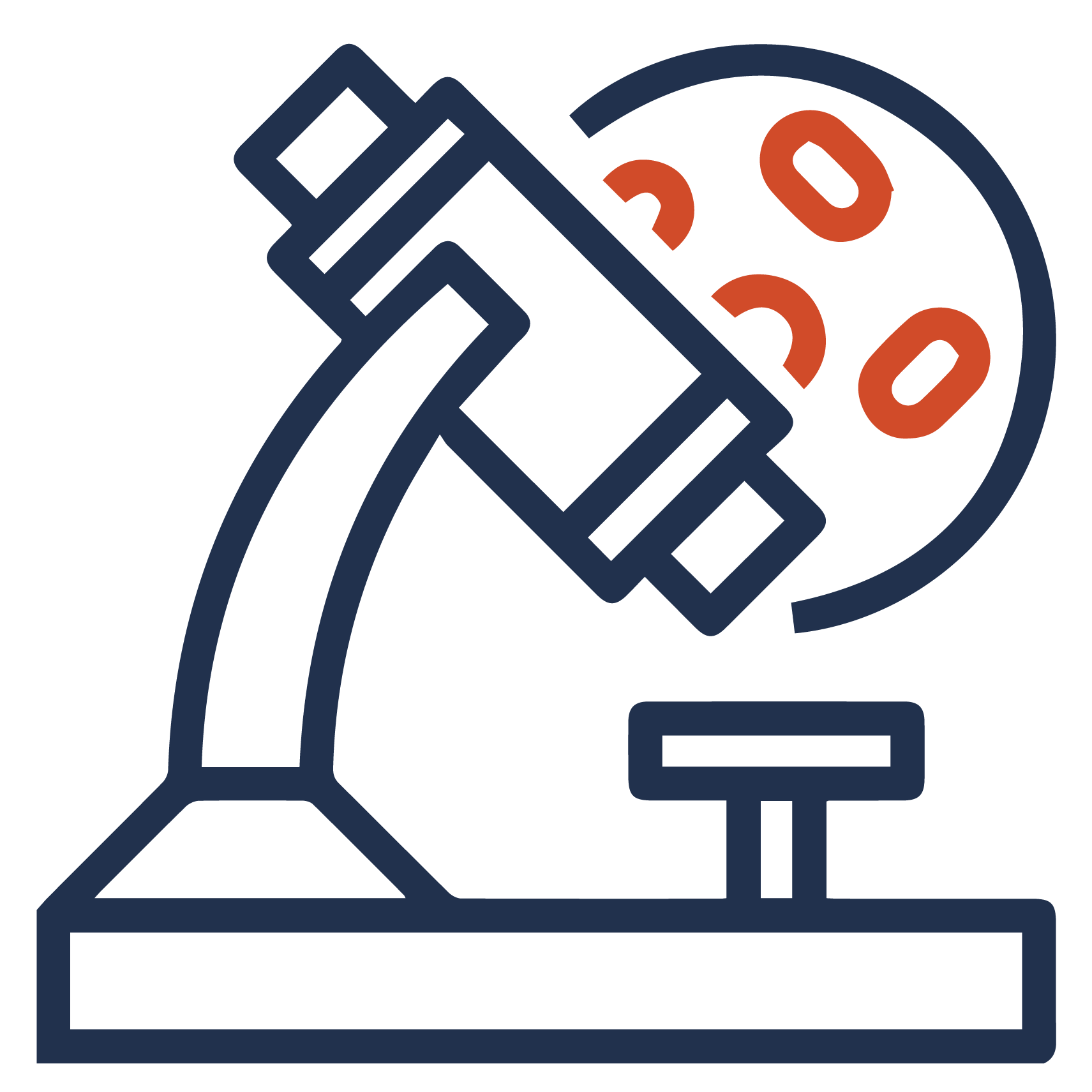CAMECA LEAP 4000X SI

Location
Coorstek 001-F
Contact
David Diercks – ddiercks@mines.edu
cameca leap 4000x si POLICIES AND PROCEDURES
Billing schedule:
Charges are invoiced at the end of each calendar month. Internal charges are directly uploaded to Banner.
Supervisors should review charges in FOM each month to limit the need for manual adjustments after charges have been uploaded. Users may contact the facility director to discuss any disputed charges.
Rates are published on the website and calculated in consultation with the Controller’s office.
There is a minimum charge of 15 minutes of use.
Instrument Access:
FOM automatically disables scheduling access to this instrument for a user who has not used the instrument in over one year. A user who wishes to regain access should schedule a refresher training session with the instrument manager.
Reservations:
Reservations are made in half-hour time increments.
There is no limit on the number of reserved hours.
The schedule is open for reservation 14 days in advance. If special circumstances require reserving a time further in advance, contact the instrument manager.
Daytime, Evening and Weekends:
There are currently no billing distinctions between day and evening use, however, in order to encourage the development of proficient users and not limit productive research, usage over 12 hours/month by one user on one project is charged at 30% of the hourly rate for this instrument.
Flexible start/end time:
Start/end time is calculated to the second so that you are billed for the actual instrument time you have used.
Unused reservation:
If user does not show up within 30 minutes after reserved start time, the reservation will be cancelled and another user may use the time period. The user who made the reservation will be charged a half hour no-show/late cancellation fee.
Cancelled reservation:
Users will not be charged if a reservation is cancelled more than 24 hours before the reserved time begins. Users will be charged the equivalent of a half hour of usage if the reservation is cancelled less than 24 hours in advance because this limits the ability of others to make use of available instrument time. If there are extenuating circumstances, such as a medical emergency or inclement weather, the late cancellation fee will be waived.
If an instrument is down, users will not be charged for unused reservations and do not need to cancel their reservations.
Forgetting to login/logout:
Users should notify the instrument manager or leave a note in the FOM comments if they forgot to log in to FOM at the start of their session or forgot to log off FOM at the end of their session.
Report of equipment problem:
If an instrument is not functioning properly during the session, the user should notify the instrument manager as soon as possible. This can be done in person or in the comments in FOM. For reports in FOM, instrument managers will receive an email notice and address the problem as soon as possible. Instrument managers will also determine whether the usage charge should be reduced or waived due to the problem reported.
APT MAss spectrum database
Welcome to the APT Mass Spectrum Database!
The database contains representative atom probe mass spectra for a number of materials and will grow as users contribute more of their results. It maintains with a mass spectrum, a record of several important instrument parameters including the instrument type, pulsing mode, base temperature, pulse frequency, laser energy, detection rate, voltage range, and flight path length. Also, a number of material and specimen specific variables are documented, including phase, composition, specimen preparation method(s), and specimen images. Additionally, there are fields for a number of metrics regarding the mass spectra including measured number of multiples, measured background, and mass resolving power.
The database is open-access and is available for any researcher to add relevant TOF mass spectra. While this is envisioned as a collection of spectra from the atom probe community as a whole, it will be moderated to ensure that the entries are appropriately complete, representative, and not overly redundant. That is, the spectra should be sufficiently distinct from each other to offer information that is useful to other atom probe users. It will not be merely a repository of every single APT analysis ever collected.
There are several anticipated applications of this database. First, it will be quite useful to see if anyone has run a particular type of sample before without having to comb through the literature. Since the database is searchable and filterable by a number of parameters, this can be easily ascertained while also directing the user to related publications. Second, it allows users to see which data collection conditions have been used, and possibly optimized, for particular types of materials. This may lead to more quickly achieving useful results on new projects without having to spend as much time and funding experimenting to achieve the best conditions for high-confidence results. Third, it can be a repository for useful details that often don’t make it into publications such as voltage range and percentage of multiple hits observed. Fourth, it can provide an indication beforehand of what to expect in the mass spectrum for a material and what might be achievable. For example, a user may be able to assess the likely detectability of trace species based on the background values others have measured or identify or corroborate likely mass peak interferences. Fifth, a central and online repository with the ability to filter by various parameters (with optional CSV export enabling further analysis) may make it easier to draw connections and elucidate trends that would not otherwise be apparent.
Interested in getting started? Here is the link to upload data.
Here is some of the data from the APT database.
Instrument Details
The LEAP 4000X Si local electrode atom probe provides 3D nanoscale compositional analysis. Mass spectral data obtained through time-of-flight measurements can be used to identify light mass and heavy mass species (hydrogen out to >1000 Da) with equivalent sensitivity. The mass resolution is sufficient for distinguishing isotopic abundances. The instrument features both laser pulsing and voltage pulsing along with a 90 mm to 160 mm variable flight path.
- Mass resolution (FWHM)* : Voltage Pulse Mode 1:1500 ; Laser Pulse Mode 1:500
- Mass resolution (FWTM)*: Voltage Pulse Mode 1:180 ; Laser Pulse Mode 1:650
- Mass resolution (FW1%M)*: Voltage Pulse Mode n/a ; Laser Pulse Mode 1:400
- Maximum pulse rate (kHx): Voltage Pulse Mode 200 ; Laser Pulse Mode 1,000
- Base pressure on 50K specimen (Torr) : <1E – 10
- Minimum specimen temperature (K) : 25
- Achievable field of view (nm) : 250
- Lateral resolution (nm): 0.2
- Depth resolution (nm): 0.05
- IVAS advanced data analysis software for reconstruction, visualization and analysis of atom probe data sets
- Plasma cleaner interfaced to load lock provides surface contamination removal
*For standard AI specimen

Get Started or Request Training
